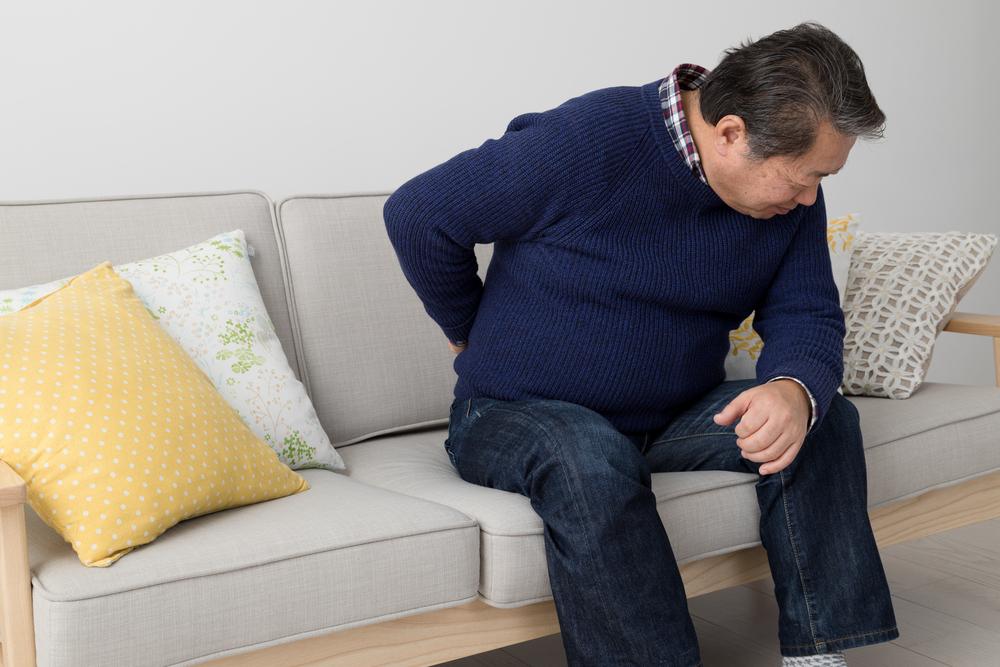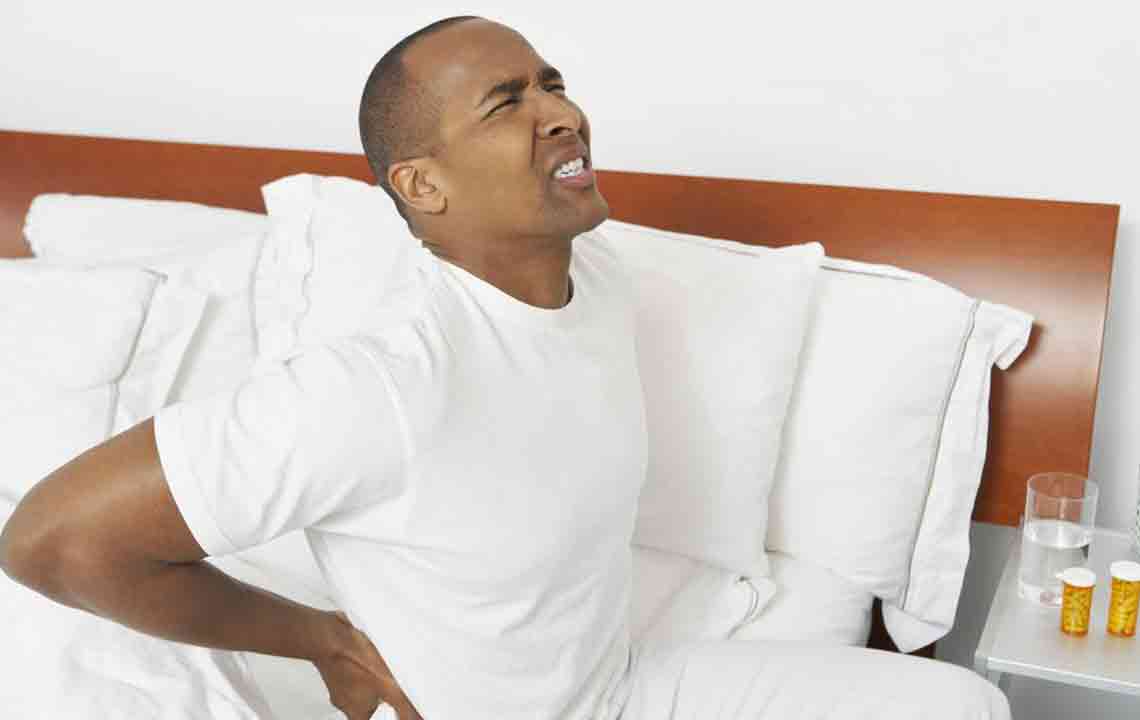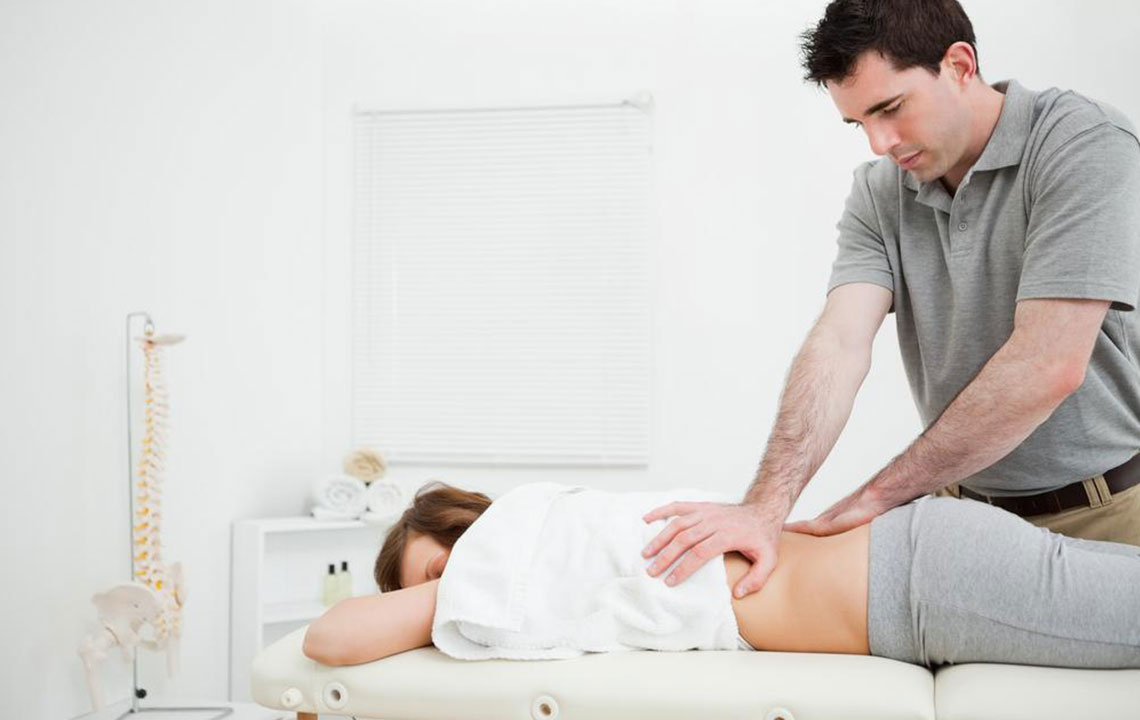Comprehensive Guide to Lower and Upper Back Pain: Causes, Symptoms, and Effective Treatments
Back pain affects a significant portion of the population, stemming from various causes such as muscle strains, herniated discs, and degenerative conditions. This comprehensive guide explores the symptoms, causes, and effective treatment strategies for both lower and upper back discomfort. By understanding the underlying issues and adopting appropriate management techniques, individuals can find relief and improve their overall back health.

Understanding and Managing Lower and Upper Back Pain: Causes, Symptoms, and Proven Strategies
Back pain is one of the most common health complaints worldwide, affecting millions of people across different age groups and lifestyles. It can manifest in various regions of the back, including the lower back (lumbar region), mid-back (thoracic), and upper back (cervical). Each of these areas is prone to specific types of discomfort caused by different underlying issues. Recognizing the root causes, symptoms, and effective treatment options is essential for managing this condition effectively.
Research shows that approximately 80% of adults will experience some form of back pain during their lifetime. This high prevalence underscores the importance of understanding the complex anatomy of the back, which involves bones, muscles, ligaments, discs, and nerve structures. The interplay of these components makes the back susceptible to various disorders that can lead to discomfort or debilitating pain.
Back pain often originates from overexerted muscles, strained ligaments, or tissue injuries. Chronic back pain, which persists for more than three months, affects roughly 5-10% of those experiencing discomfort and often recurs over time, impacting quality of life. Acute pain, on the other hand, results from sudden injuries such as disc herniation, ligament sprains, or fractures, and can significantly impair mobility and daily functions.
Common Causes of Back Pain
Muscle strains caused by lifting heavy objects or sudden movements
Ligament sprains from overstretching during physical activities
Herniated or slipped discs pressing on nerves and causing pain
Degenerative joint diseases such as osteoarthritis affecting the facet joints
Structural abnormalities like scoliosis or abnormal spinal curvatures
Spinal stenosis, where narrowing of the spinal canal impinges on nerve roots
Spondylolisthesis, a condition where vertebrae slip out of alignment, causing instability
Inflammatory and autoimmune disorders, including rheumatoid arthritis and Crohn's disease, which can involve the spine
Signs and Symptoms of Back Discomfort
Persistent muscle aches, often radiating to limbs or extremities
Difficulty in performing routine activities like standing, bending, or walking
Sharp, shooting, or stabbing sensations in specific areas of the back
Limited range of motion and stiffness
In severe cases, loss of bladder or bowel control indicating nerve involvement
Effective Ways to Relieve and Manage Back Pain
Pharmacological treatments, including over-the-counter pain relievers, muscle relaxants, and in some cases, epidural corticosteroid injections
Supportive devices such as lumbar braces or ergonomic supports to stabilize the spine
Physical therapy combining massage, stretching, and strengthening exercises designed to improve flexibility and support musculature
Adopting lifestyle changes like maintaining a healthy weight, practicing good posture, and avoiding prolonged sitting
Alternative therapies such as acupuncture, chiropractic care, and yoga may offer additional relief
Surgical procedures are typically considered a last resort for severely damaged discs, fractures, or structural abnormalities but can provide lasting relief in appropriate cases
In conclusion, understanding the various causes and symptoms of lower and upper back discomfort is vital for effective management. Most back issues can be alleviated through a combination of medical treatment, physical therapy, and lifestyle modifications. Early intervention can prevent minor discomfort from escalating into chronic conditions, thereby improving quality of life and physical well-being.





